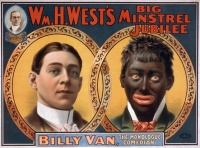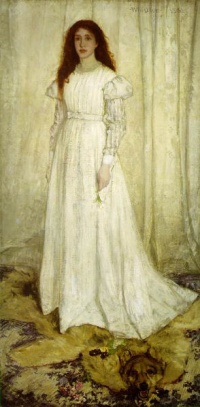White people
From The Art and Popular Culture Encyclopedia


|
Related e |
|
Featured: |
White people is a racial classification specifier, used for people of Europid ancestry, with the exact implications dependent on context. The contemporary usage of "white people" or a "white race" as a large group of (mainly European) populations contrasting with "black", American Indian, "colored" or non-white originated in the 17th century.
It is today particularly used as a racial classifier in multiracial societies. Various social constructions of whiteness have been significant to national identity, public policy, religion, population statistics, racial segregation, affirmative action, white privilege, eugenics, racial marginalization and racial quotas.
The term "white race" or "white people" entered the major European languages in the later 17th century, in the context of racialized slavery and unequal status in European colonies. Description of populations as "white" in reference to their skin color predates this notion and is found in Greco-Roman ethnography and other ancient sources. Scholarship on race generally distinguishes the modern concept from pre-modern descriptions of collective difference.
See also
- Angry white male
- Blue-eyed soul
- Stereotypes of whites
- The White Goddess
- Caucasian race
- White genocide conspiracy theory
- White guilt
- White American
- White man
- White privilege
- White slavery
- White men
- White women

